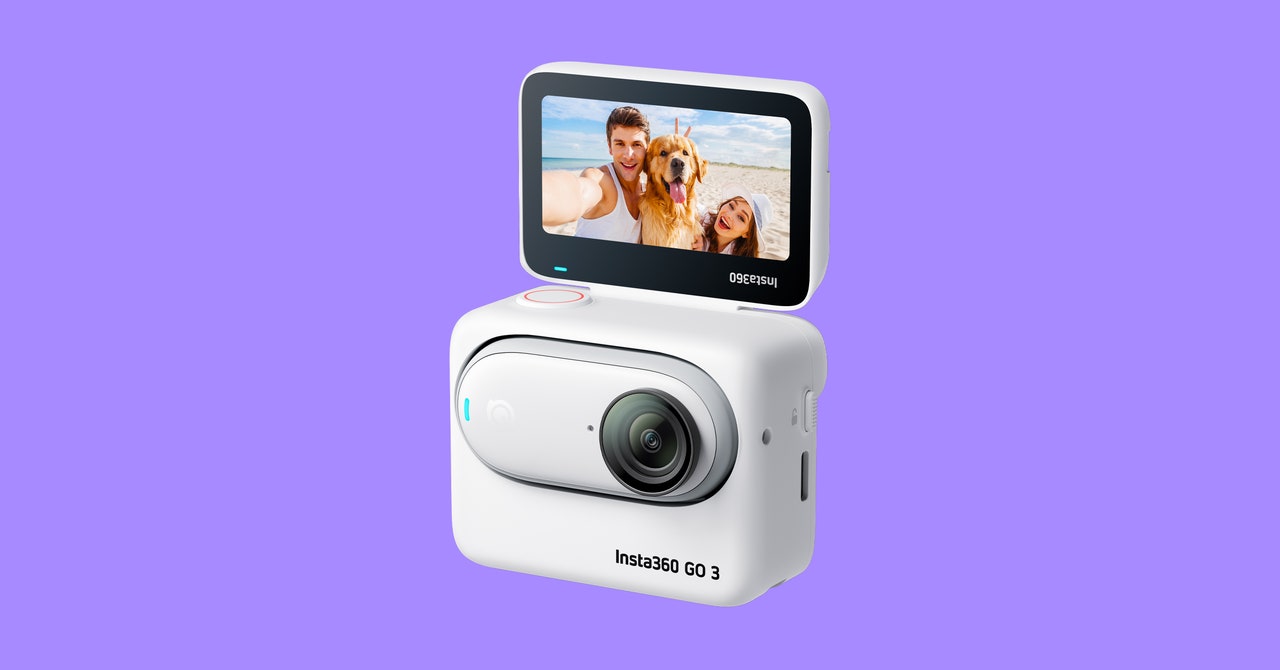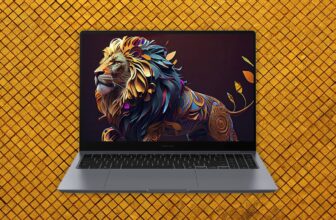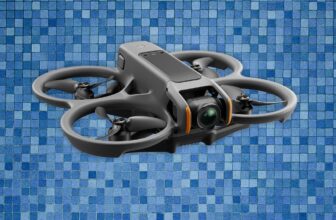
The Go 3 sports activities the identical 1/2.3-inch sensor and 11-mm f/2.2 lens with a 134-degree area of view. (For reference the GoPro Hero 11 Black’s widest area of view is 122 levels.) Regardless of utilizing the identical sensor, the Go 3 provides fairly just a few new capturing modes, together with stills and time-lapse, in addition to higher-resolution video, which may now be shot at as much as 2.7K at 30 frames per second.
Along with the usual 2.7K video, which is primarily what I ended up capturing, there’s a Freeframe video mode, much like what the Go 2 used. On this mode, you possibly can shoot the complete area of view, however at a barely decrease 1440p decision, after which crop whenever you’re enhancing. This lets you barely reframe the scene after the actual fact. The reframing functionality is just not as intensive as you’d get on a 360-degree digicam, however you possibly can middle or monitor belongings you may not have seen whenever you had been capturing. Freeframe mode additionally means you possibly can shoot one video and crop to 9:16, 16:9, 1:1, or no matter video dictates you’ll want to comply with. However keep in mind, a kitten dies each time you pollute the world with vertical video.
I notably preferred the time-lapse mode, which has two very good options. First, it may be saved as both a video (for fast importing to the net) or as a sequence of pictures (together with RAW recordsdata) for additional processing. Second, there’s additionally a timer choice to show the digicam on at a predetermined time, which is useful if you wish to shoot star trails however don’t wish to keep up all evening to do it.
There’s now two microphones on the Go 3 digicam and a brand new wind-suppression setting that truly works fairly properly. Collectively these imply a lot, a lot better sound than what the Go 2 was able to recording.
In one other step up from the Go 2, there are actually no limits on clip size. The battery life is the one limiting issue, but it surely’s fairly good—45 minutes for simply the digicam, extra when it’s within the Pod. The infamous overheating problems with the Go 2 have been solved. Principally. I’ve seen some studies across the web that the Go 3 overheats, however in months of testing I by no means encountered any warmth points, together with throughout very lengthy (30-minute) movie instances. That is a stark distinction to the Go 2, which appeared to overheat in the event you stared at it for too lengthy.
Different new options embrace a slew of shade profiles, with choices personalized for biking, city landscapes, evening, snow, and so forth. I principally shot in flat as a result of I choose to do my very own shade grading when enhancing, but it surely’s good to have loads of choices whenever you’re capturing one thing that you simply don’t plan to edit extensively.
Talking of enhancing, Insta360’s cellular app (iOS, Android) stays the identical, which is an efficient factor. It’s nonetheless the best, most trouble-free app of all of the motion digicam makers on the market.
Bother Forward
{Photograph}: Insta360
All of which is to say that the Go 3 is a really succesful digicam. However there are a few issues I did not like. It solely has built-in reminiscence; there isn’t any SD card slot. I examined the 64-gigabyte mannequin, which proved loads of house, however transferring footage to my laptop computer was notably slower than transferring by way of a speedy microSD card.







